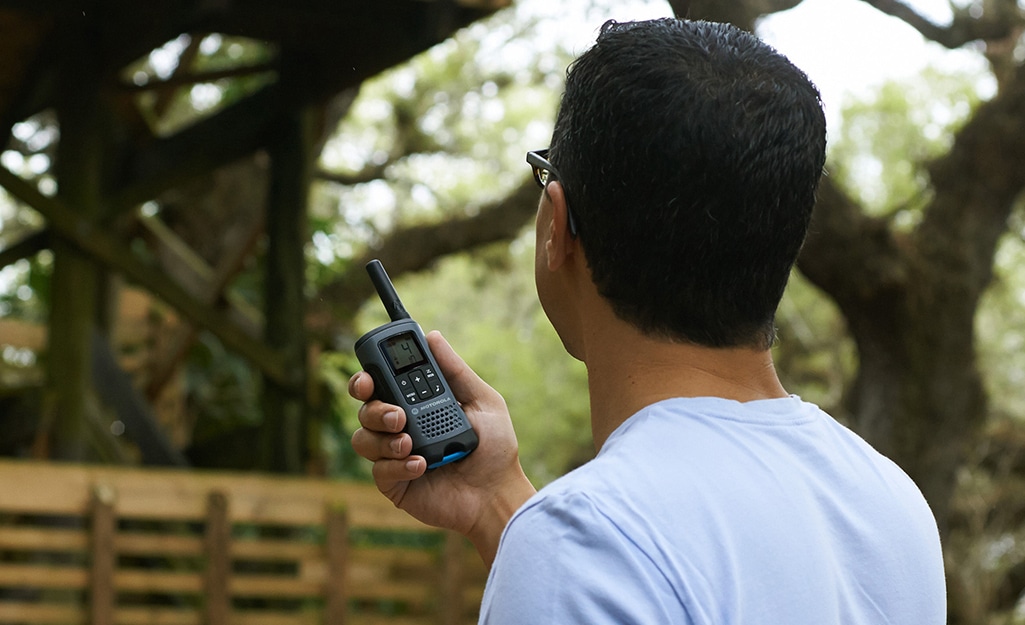Walkie-talkies are a popular and reliable means of communication, often used in a variety of settings from outdoor adventures to professional environments. A common question about these devices is whether they need a satellite to function. The answer is no; walkie-talkies do not require a satellite to operate. They function using different technology altogether. Understanding how walkie-talkies work can shed light on their reliability and versatility in different scenarios.
Contents
The Basics of Walkie-Talkie Operation
Walkie-talkies are handheld, portable radios that use radio waves to communicate. They operate on a simple principle: transmitting and receiving radio signals. These devices typically use two-way radio frequencies, allowing for direct communication between units. The key components of a walkie-talkie include a transmitter, a receiver, an antenna, a microphone, and a speaker. When one user speaks into the microphone, their voice is converted into radio signals by the transmitter. These signals are then sent out via the antenna and received by another walkie-talkie within range, which converts the signals back into sound through its speaker.
Frequency Bands and Channels
Walkie-talkies operate on specific frequency bands, which can vary depending on the country and the type of device. The two main frequency ranges used are Very High Frequency (VHF) and Ultra High Frequency (UHF). VHF frequencies range from 30 MHz to 300 MHz, while UHF frequencies range from 300 MHz to 3 GHz. UHF walkie-talkies are generally more popular because they provide better range and are less susceptible to interference from obstacles such as buildings and trees.
Within these frequency bands, walkie-talkies use specific channels. Each channel corresponds to a particular frequency within the band. By tuning their devices to the same channel, users can communicate with each other. In some regions, certain channels are designated for specific purposes, such as emergency services or commercial use.
Range and Limitations
The range of a walkie-talkie can vary widely depending on several factors, including the power of the transmitter, the type of antenna, and environmental conditions. In optimal conditions, some high-powered walkie-talkies can communicate over distances of several miles. However, in built-up areas with many obstacles, the effective range can be significantly reduced.
Walkie-talkies do not rely on satellites because they communicate directly through radio waves. This direct communication is known as line-of-sight communication. For best performance, there should be a clear, unobstructed path between the transmitting and receiving units. While obstacles like buildings, trees, and hills can impede the signal and reduce range, walkie-talkies are still effective in many environments due to their ability to work without the need for external infrastructure.
Comparison with Other Communication Technologies
Unlike cell phones and satellite phones, which rely on extensive networks of cell towers or satellites to relay signals, walkie-talkies function independently. Cell phones communicate through a network of cell towers that connect calls and data services. When you make a call, your phone sends signals to the nearest tower, which then routes the call through a central network to the recipient’s phone. This network-based communication allows for extensive range and connectivity but depends on the availability of cell towers.
Satellite phones, on the other hand, communicate directly with satellites orbiting the Earth. These devices are invaluable in remote areas where there are no cell towers. However, satellite phones require a clear line of sight to the sky to maintain a connection, and they can be more expensive to use due to the cost of satellite services.
Walkie-talkies, in contrast, offer a more straightforward and often more reliable solution for short-range communication. They are not dependent on any external networks, making them ideal for use in areas where cell phone service is unreliable or unavailable, such as remote wilderness locations, disaster-stricken areas, or during certain professional operations like construction sites or events management.
Applications and Use Cases
The versatility of walkie-talkies makes them suitable for a wide range of applications. In recreational settings, they are commonly used by hikers, campers, and outdoor enthusiasts to stay in touch over short distances. Their durability and ease of use make them perfect for these activities. In professional settings, walkie-talkies are widely used by security personnel, event organizers, construction workers, and emergency responders who need reliable, instant communication.
In summary, walkie-talkies do not require satellites to function. They operate using direct radio wave transmission, making them a reliable and versatile communication tool for a variety of scenarios. Whether for recreational or professional use, walkie-talkies provide an effective means of staying connected without depending on external infrastructure like cell towers or satellites.
